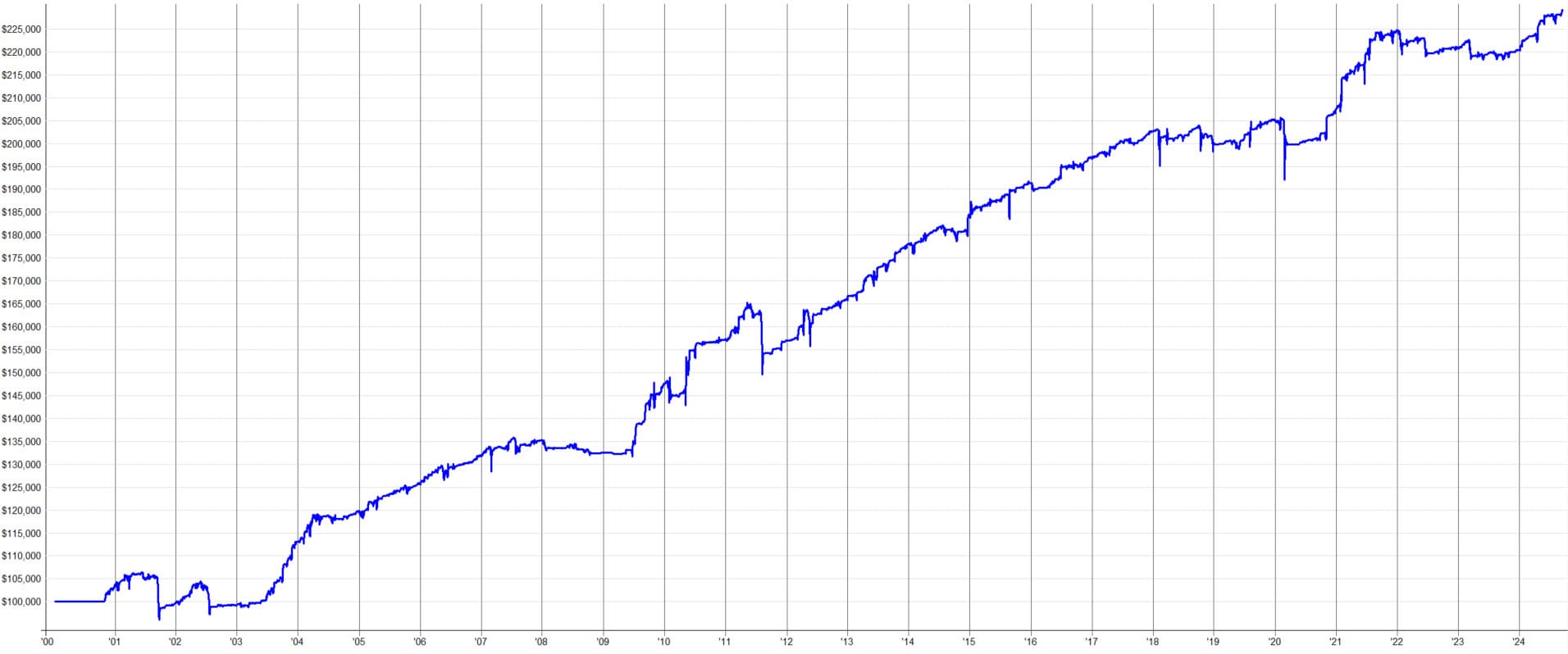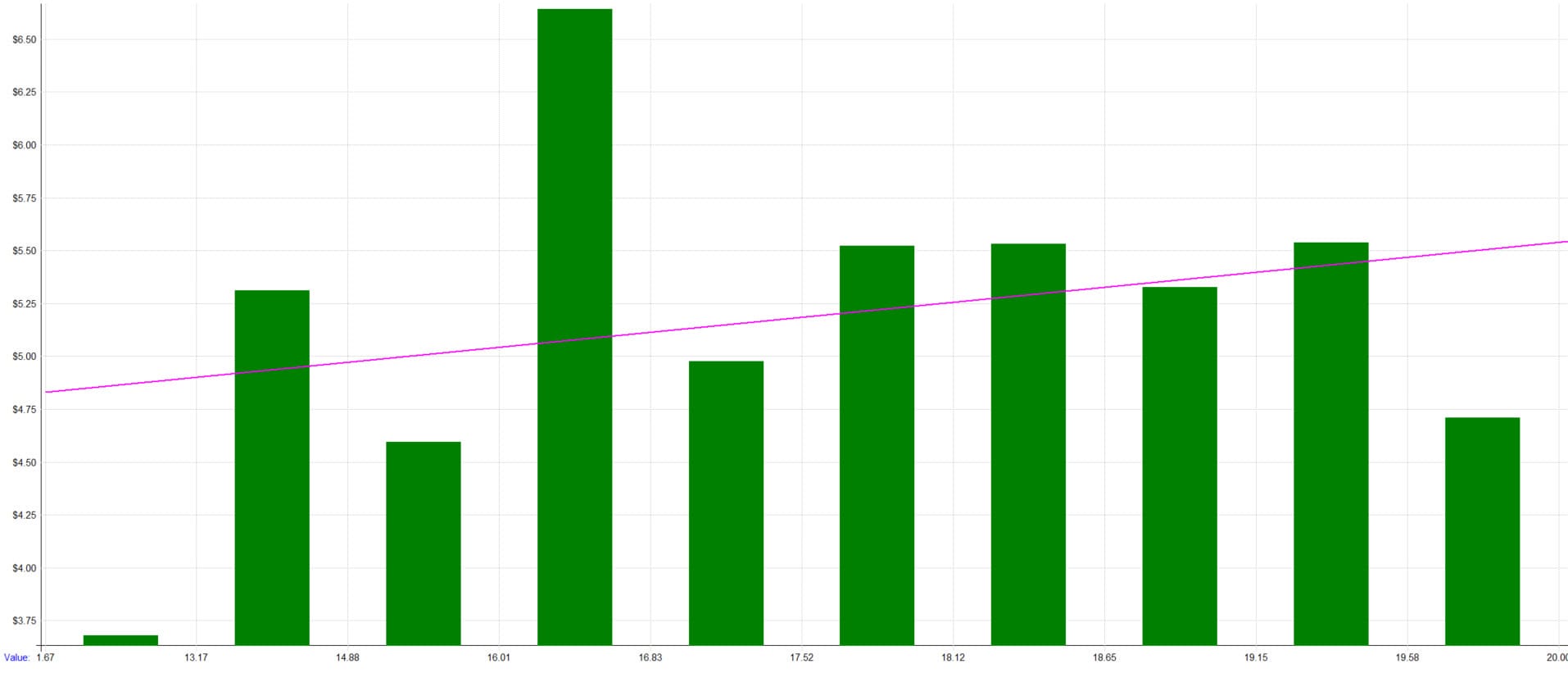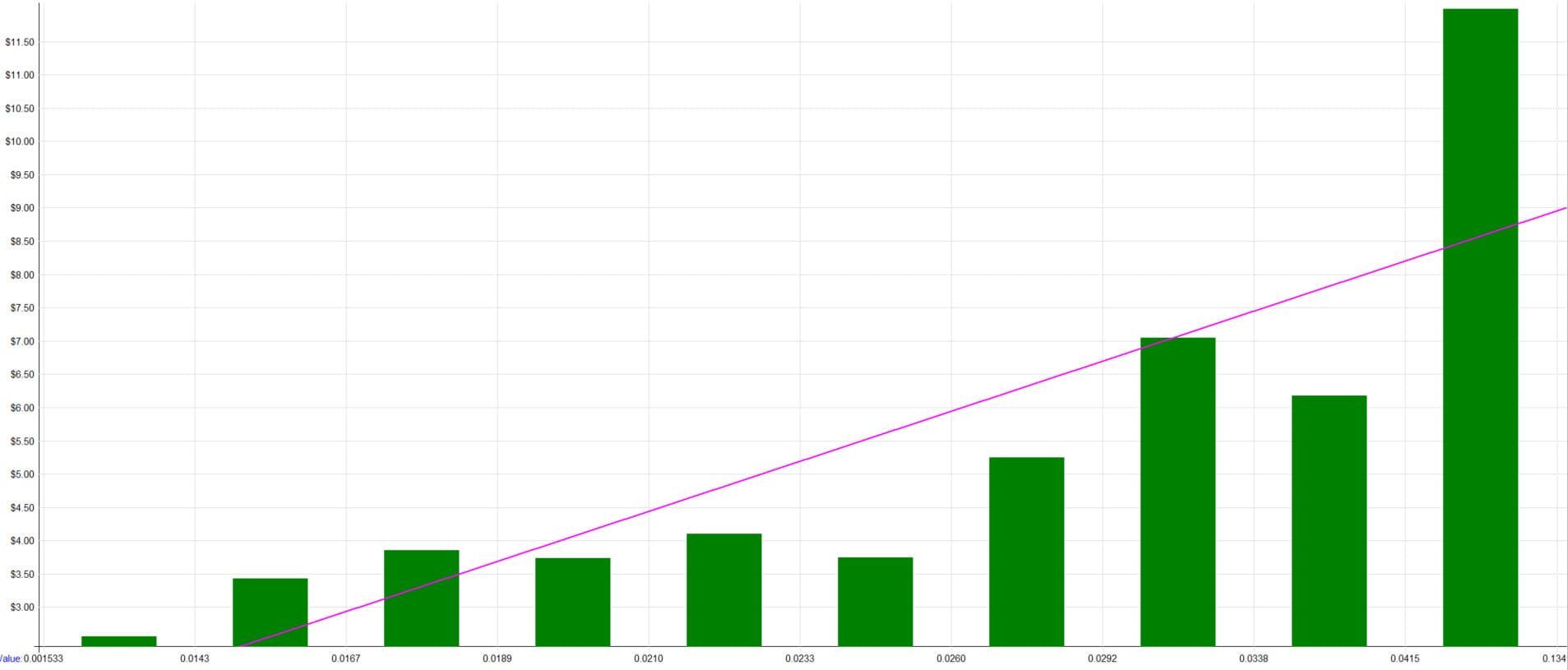One of the typical systematic approaches to trading is buying markets that are in a long-term trend but are undergoing a short-term correction. An example of this is purchasing stocks after they have experienced a short-term decline. Many traders and investors use this approach from a psychological standpoint as well. Buying during a correction allows one to acquire the market at a lower price than it was trading for just a few days earlier.
Basic Essential Components of the "Buy the Dip" Strategy
To purchase markets during a short-term correction in long-term uptrend, we must define:
- Long-Term Trend: The most common method is comparing the price to long-term average prices. For example, if a market is trading above the average prices of the last 200 days, it is typically considered to be in an uptrend. Conversely, if it is trading below the average prices of the last 200 days, we generally refer to it as a downtrend.
- Dip: There are many approaches to systematically define a dip. We can monitor price action and consider a dip when the market posts three consecutive lower closing prices. Alternatively, we can use indicators like the Relative Strength Index (RSI), which compares the market's closing price to previous bars. A correction can then be defined, for instance, when the RSI with a period of 5 falls below 20.
Backtesting the Concept of a Simple "Buy the Dip" Strategy
The "Buy the Dip" strategy doesn't have to be complicated. It can be as simple as this:
- The stock is traded within the S&P 500 index (we also track historical constituents).
- The market's closing price is higher than the 200-day moving average.
RSI(5) is below 20. - Hold the position for 5 trading days.
- Enter and exit at the market's closing price.
If we invested $1,000 in each trade, then from backtesting since the year 2000, we would have achieved an impressive nearly 25,000 trades. We would have traded with a success rate of 56.81% and a positive risk-reward ratio—the average profit is higher than the average loss. The equity curve of such a backtest looks as follows:

That's not bad at all and shows that the Buy the Dip principle works. However, our backtest has several imperfections. Firstly, it doesn't include trading fees. Additionally, it trades every single dip in the S&P 500 that met the specified rules. In practice, it's more advantageous to focus only on the strongest signals and allocate capital into a smaller number of trades (for example, five or ten).
How to Identify the Strongest Signals of the Strategy
Personally, I focus on the relationship between a specific function (feature) and the average profit. Ideally, I look for a linear correlation—for example, the higher the value of the function, the greater the average profit from a trade over a 5-day period.
Depth of the Dip
One of the first features that might come to mind is the depth of the dip. What if we preferred signals with a lower RSI(5) value?
To find a simple answer, we can divide all 25,000 trades into ten buckets based on their RSI values. In each bucket, we then calculate the average profit per trade:

We observe that the dependence of profit per trade on the RSI(5) value is minimal. Therefore, we likely won't improve the strategy significantly by favoring trades with a deeper dip.
Short-Term Volatility
Alternatively, we can consider short-term volatility. I personally like to use normalized Average True Range (ATR). For example, I take the 5-day ATR and divide it by the market price.
By creating ten buckets based on the normalized ATR and calculating the average profit per trade in each, we obtain the following chart:

This is much more interesting. We can clearly see that the higher the market's volatility during the dip, the greater the chance of achieving a higher average profit. Maximizing average profit is crucial in trading, especially since we want to ensure that trading fees don't consume too much of our gains.
Summary
"Buy the Dip" is a time-tested strategy. Undoubtedly, it's possible to find long-term effective and robust trading rules using this approach. I personally trade this strategy on a higher timeframe (weekly) to achieve a higher average profit per trade. You can explore the specific characteristics of this strategy yourself in the Live Trading Models section, specifically through the Buy the Dip (Weekly) model.


![Day Trading Volatility Breakouts Systematically [All Rules Included]](/content/images/size/w30/2024/10/breakout-portfolio.jpg)
